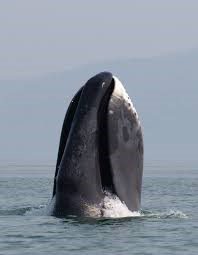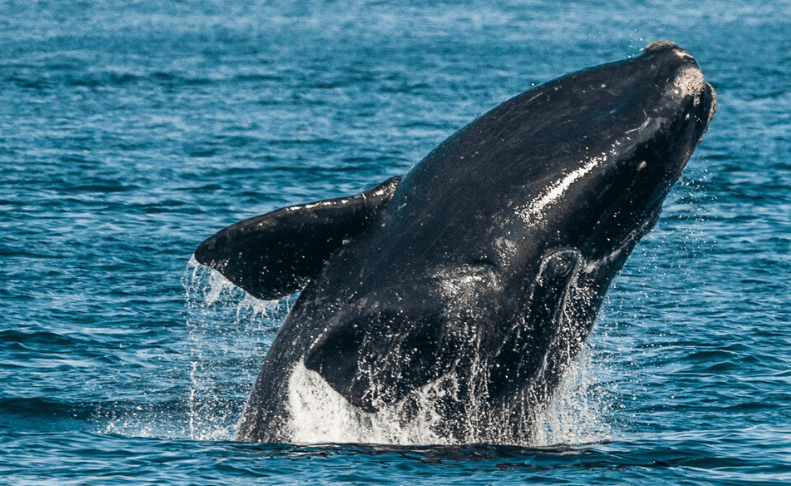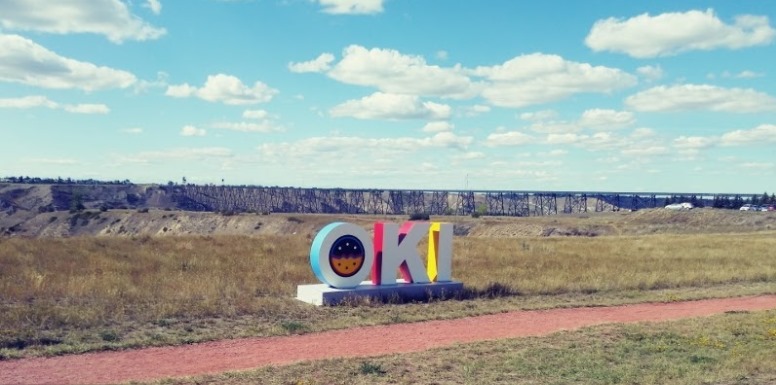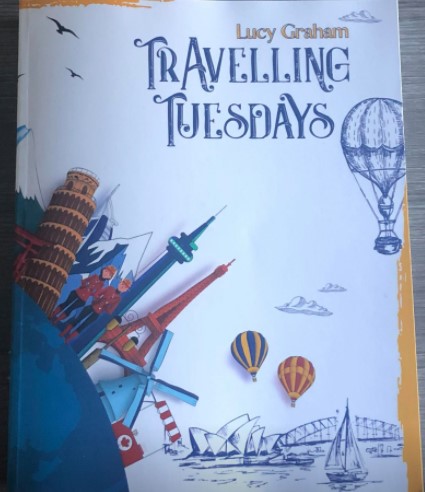The Red Bay Basque Whaling Station
The Red Bay Basque Whaling Station



UNESCO World Heritage Site - The Red Bay Basque Whaling Station - Day 476 - Daily Content Challenge
Red Bay Basque Whaling Station is located in Newfoundland and Labrador. This site was once a bustling Basque whaling village where ships from Spain and Portugal would travel to hunt whales in the North Atlantic.
Every year from the 1540s to the early 1600s, up to two thousand Basque men and boys left their home in southern France and northern Spain and sailed across the North Atlantic. Their destination was about four thousand kilometres away in eastern Canada. The Basque men were coming to Labrador’s Strait of Belle Isle and Quebec’s Lower North Shore to hunt for North Atlantic and Greenland bowhead and right whales.
The Basque people were some of the first Europeans to engage in whaling. They established a whaling station at Red Bay in the 1530s which quickly became one of the most important whaling stations in the world.
At the Red Bay Basque Whaling station, they would turn the blubber into oil and package it for transport. Then they would take the oil back home to market in Europe. Whale oil was a highly prized commodity in Europe. Whale oil was used as a brighter burning lamp oil, as a lubricant for leather products and as an additive for paints, varnishes, and soap.
The Red Bay whaling station was active for about 30 years. During this time, the Basques built a number of structures on the site. There was a cooperage for making barrels, a blacksmith shop, and a tryworks which is a facility for rendering whale oil.
The remains of these structures and the remains of the ships used by the Basques, can still be seen at Red Bay today. The site also contains a number of artefacts that have been excavated. You can see harpoons, anchors and tools used in the whaling industry. The remains of the whaling station offer a unique insight into the history of the whaling industry.
Red Bay also has a rich cultural history. One can discover the culture of the Basque people and also their interaction with the Indigenous peoples of Labrador and Newfoundland, including the Inuit.
Red Bay Basque Whaling Station was designated as a UNESCO World Heritage Site in 2013.
Visitors to Red Bay can take guided tours of the site. At the visitor centre there are interactive exhibits and educational programs. The centre also features a 3D theatre, a whalebone arch, and other artefacts. It is a great place to learn about the history of whaling and the impact of whaling on the environment.
Sounds like a very interesting place to visit. If you have a chance to go to Newfoundland and Labrador, see if you can add this World Heritage Site to your bucket list.
Have a great day everyone.
# living life abundantly # published author # travelling tuesdays
Have you been to Red Bay Whaling Station? I am guessing this is another place students get to see on school field trips.
Share your answers in the comments below.



